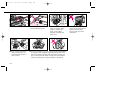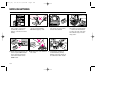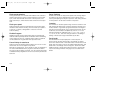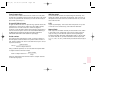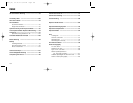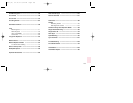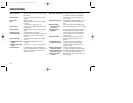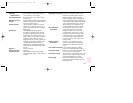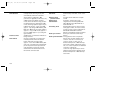
159
Front-Curtain Sync
The flash fires an instant after the front curtain of a focal plane
shutter has completed its travel across the film plane. This is the
way the F5 operates with the flash sync mode at Normal Sync.
(See “Rear-Curtain Sync”.)
G-type AF Nikkor lenses
G-type AF Nikkor lens has no aperture ring; aperture should be
selected from camera body. Unlike other CPU Nikkor lenses,
aperture does not need to be set to minimum (largest f-
number). G-type AF Nikkor lenses send Distance Information to
the F5’s microcomputer. Used for 3D Color Matrix Metering or
3D Multi-Sensor Balanced Fill-Flash (with Nikon SB-50DX/
SB-28/SB-28DX/SB-27/SB-26/SB-25 Speedlight).
Guide number
The guide number indicates the power of a flash in relation to
ISO film speed. Guide numbers are quoted in either meters or
feet. Guide numbers are used to calculate the f/stop for correct
exposure as follows:
guide number
f/stop = ———————————
flash-to-subject distance
Using a selected aperture, we can calculate the required flash-
to-subject distance with the formula:
guide number
flash-to-subject distance = ———————
f/stop
Useful for determining the maximum flash-to-subject distance
for flash photography.
ISO film speed
The international standard for representing film sensitivity. The
higher the number, the greater the sensitivity, and vice versa. A
film speed of ISO 200 is twice as sensitive as ISO 100, and half
that of ISO 400 film.
LCD
Liquid Crystal Display. The F5 has three: the panels on top and
at the rear of the camera body, and inside the viewfinder.
Manual flash
Flash output is controlled manually in manual flash mode, unlike
in auto flash mode, where flash output power varies automati-
cally according to the selected aperture. Some Speedlights,
including the Nikon SB-50DX, SB-28/28DX, SB-27, SB-26, SB-
25, SB-24 and SB-20, provide selectable manual outputs (full,
1/2, 1/4, 1/8, 1/16, etc.), while others provide full manual output
only.
P400 (E) 02.12.27 6:42 PM Page 159




